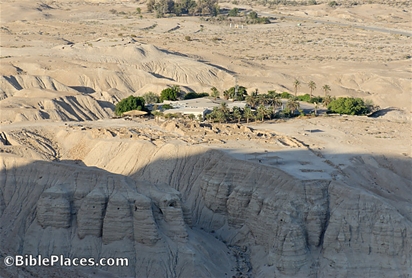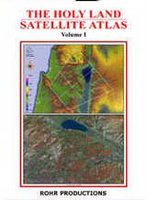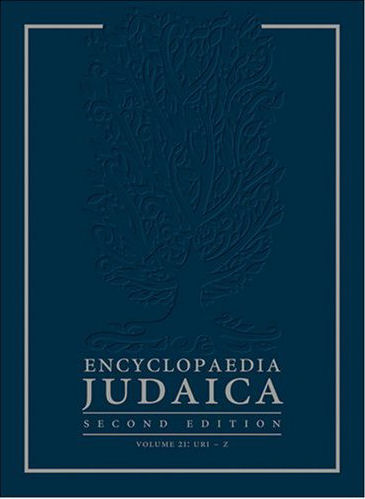Scholars have long debated the identity of those who lived at Qumran. Most believe that the site was inhabited by Essenes, an ascetic group that separated themselves from the corruption of Jerusalem and the Temple. There at Qumran they eked out an existence and copied scrolls by night. Even in recent months the consensus theory has been challenged by those who believe that Qumran was a place of pottery manufacture.
Results from a recent study of the soil around Qumran strengthens the majority view. Israeli paleopathologist Joe Zias found remains of human excrement about 500 meters north of the site. The intestinal parasites in the remains prove that the remains were of human origin, and the burial of the feces indicates that they aren’t from Bedouins, as the latter do not bury their excrement. It seems unlikely at best to suggest that pottery makers or inhabitants of a Roman villa would travel such a distance to relieve themselves, and thus this discovery supports the Essene hypothesis.
The results of the article will be published in Revue de Qumran, but the Jerusalem Post has the best synopsis online. The story is quite fascinating and it would have been a perfect article for Biblical Archaeology Review, but the poor relationship between Shanks and Zias precludes such a possibility.
Zias goes further in the study to suggest that the short life expectancy of the Qumranites (as evidenced in a study of the cemeteries) was the result of their sanitary practices. The Qumranites would pick up parasites as they walked through the defecating field which would then be passed on to everyone through the daily immersions in the ritual baths.
The article in Nature ends with this non-sequitur from Zias:
If his theory is correct, it might therefore carry a lesson about religious fundamentalism, Zias adds. “It shows what happens when people take biblical things too fundamentally or literally, as they do in many parts of the world, and what the ultimate consequences are.”


